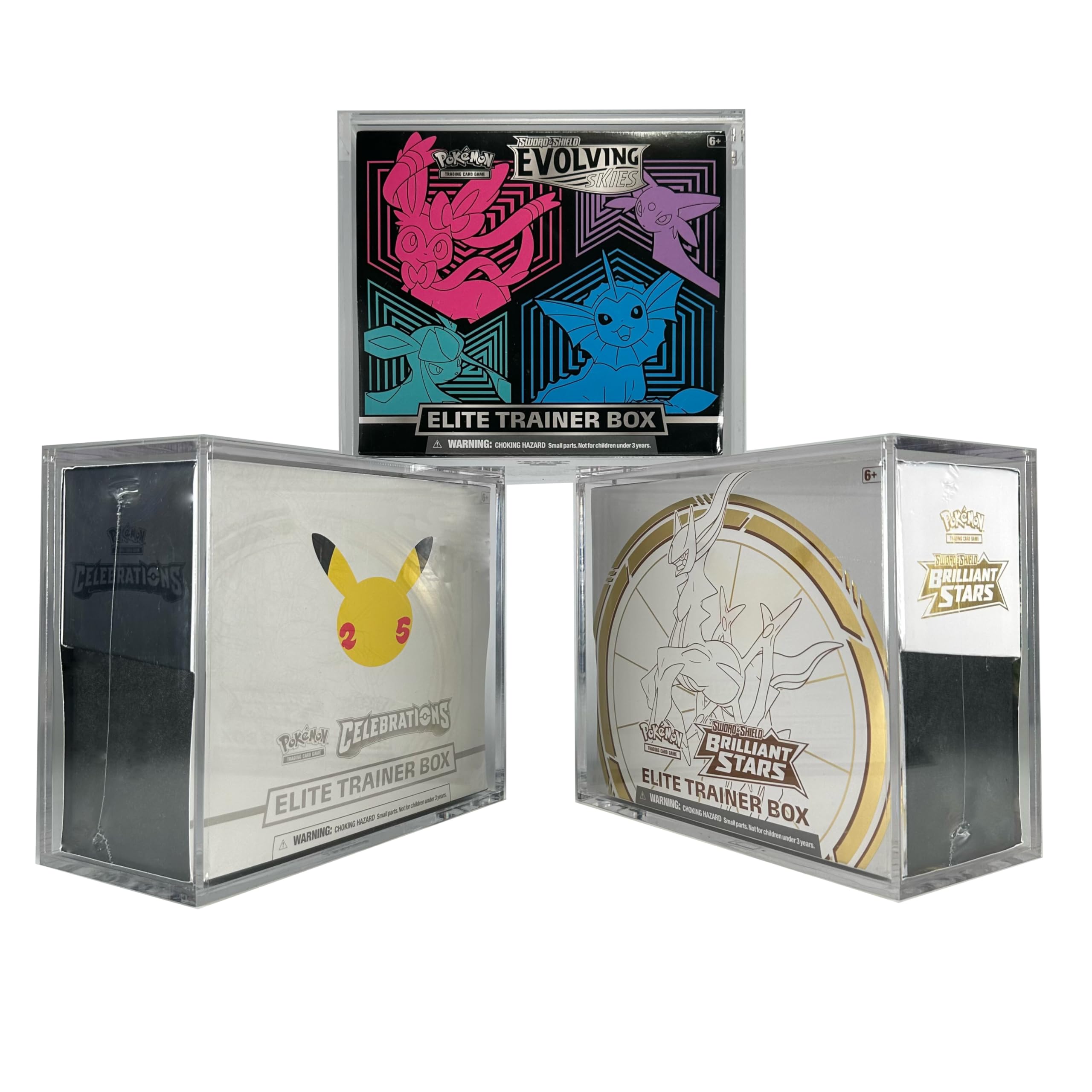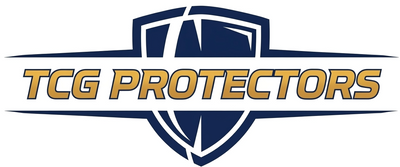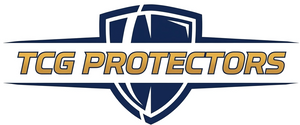As the Pokémon Trading Card Game (TCG) hobby surges in popularity, the rise of counterfeit Pokémon cards has become a growing concern for collectors. Discovering that a prized Pokémon card in your collection is fake can be heartbreaking. Fortunately, counterfeiters often leave telltale signs, and mastering the skill of identifying fake Pokémon cards is achievable with the right knowledge. This comprehensive 7-point checklist is designed to help collectors verify Pokémon card authenticity quickly and confidently, ensuring your collection remains genuine.
1. The Light Test for Pokémon Card Authenticity

The light test is one of the most reliable and straightforward methods to identify fake Pokémon cards. Authentic Pokémon cards are constructed with two thin layers of white cardstock sandwiching a semi-opaque black layer, a feature counterfeiters struggle to replicate.
- How to Perform the Light Test: Use a bright light source, such as your smartphone flashlight, and shine it through the card.
- What to Look For: A genuine Pokémon card will block most light, appearing dark and opaque. A fake Pokémon card, lacking the black layer, will often appear translucent, allowing significant light to pass through. This test is a quick way to check Pokémon card authenticity without specialized tools.
2. Font and Text Clarity: Spotting Counterfeit Details

Counterfeiters frequently fail to replicate the precise text details of authentic Pokémon cards, making font and text clarity a critical checkpoint.
- Pokémon Accent: Always check the word "Pokémon" in attack names or card descriptions. Genuine cards feature proper accent marks on the "é" characters. Missing accents are a strong indicator of a counterfeit Pokémon card.
- Blurry or Incorrect Fonts: Authentic cards have sharp, consistent, and clean fonts. Fake Pokémon cards often exhibit blurry text, incorrect font styles, or improper spacing that feels "off."
- Energy Symbols: Examine the energy symbols used in attack and retreat costs. On fakes, these symbols are often oversized, off-center, or poorly printed, making them a key clue in Pokémon card authentication.
3. Color Saturation: A Visual Clue for Fakes

Color discrepancies are a major giveaway when identifying counterfeit Pokémon cards, especially on the card’s back.
-
Blue Border on the Back: The back of a genuine Pokémon card has a distinct, rich blue border. Fake cards often feature a lighter, washed-out, or purplish hue that stands out when compared to an authentic card.
-
Front Color Accuracy: The front of a fake Pokémon card may have colors that are faded, overly dark, or unnaturally saturated. Comparing the suspect card to an image of a verified card online can highlight these differences, aiding in Pokémon card verification.
4. Holographic Pattern and Texture: Key for Rare Cards

For holographic Pokémon cards and ultra-rare Pokémon cards, the foil pattern and texture are challenging for counterfeiters to mimic accurately.
-
Holo Pattern: Authentic holographic cards have a specific foil pattern unique to their card type. Fake cards often display a generic, flat rainbow sheen without the intricate design found on genuine cards.
-
Card Texture: Modern ultra-rare cards, such as Special Illustration Rares, feature a unique, fingerprint-like texture etched into the surface. Counterfeit versions typically feel smooth and glossy, lacking this tactile detail, making texture a vital factor in Pokémon card authenticity.
5. Card Borders: Checking for Consistency

While authentic Pokémon cards may have slight centering variations, fake cards often exhibit extreme border inconsistencies.
-
Border Thickness: Examine the yellow border on the front and the blue border on the back. Counterfeit Pokémon cards frequently have borders that are too thick, uneven, or disproportionate.
-
Edge Quality: Genuine cards have clean, precise cuts. Fakes may have rough or jagged edges, indicating lower-quality production. This is a subtle but effective way to spot fake Pokémon cards.
6. Feel and Rigidity: Trust Your Touch

The physical feel of a Pokémon card is a powerful tool for authentication, though it requires some experience to master. Authentic cards are printed on high-quality cardstock with a specific stiffness. Fake Pokémon cards often feel flimsy, waxy, or overly glossy due to inferior materials.
- What to Check: If a card bends too easily or feels "wrong" when handled, it’s a red flag. Comparing the suspect card to a known authentic card can help you develop a sense for this tactile difference, enhancing your ability to identify fake Pokémon cards.
7. Spelling and Game Logic Errors: The Counterfeiter’s Mistake

Counterfeiters often focus on visuals and overlook critical text and logic errors, making this an easy way to spot fake Pokémon cards.
-
Typos: Look for misspellings in Pokémon names, attack names, or card descriptions. Even minor errors are a clear sign of a fake.
-
Incorrect HP or Damage: Fake cards may feature unrealistic HP values (e.g., 3000 HP) or attack damage that doesn’t align with the game’s mechanics.
-
Wrong Evolution Stage: A common error is incorrect evolution details, such as a Hitmonchan listed as a Stage 1 Pokémon evolving from Togepi, which is impossible in the Pokémon TCG. These errors are a dead giveaway when verifying Pokémon card authenticity.
Conclusion: Protect Your Pokémon Card Collection &
Trust Your Instincts
With this 7-point checklist for spotting fake Pokémon cards, you’re equipped to safeguard your collection from counterfeits. Always scrutinize cards carefully, especially if a deal seems too good to be true. Compare suspect cards to verified authentic ones, and trust your instincts. A vigilant approach is the best defense against counterfeit Pokémon cards, ensuring your collection remains a source of pride and value.
By mastering these techniques, you can confidently identify fake Pokémon cards, protect your investment, and enjoy the Pokémon TCG hobby with peace of mind.














Leave a comment